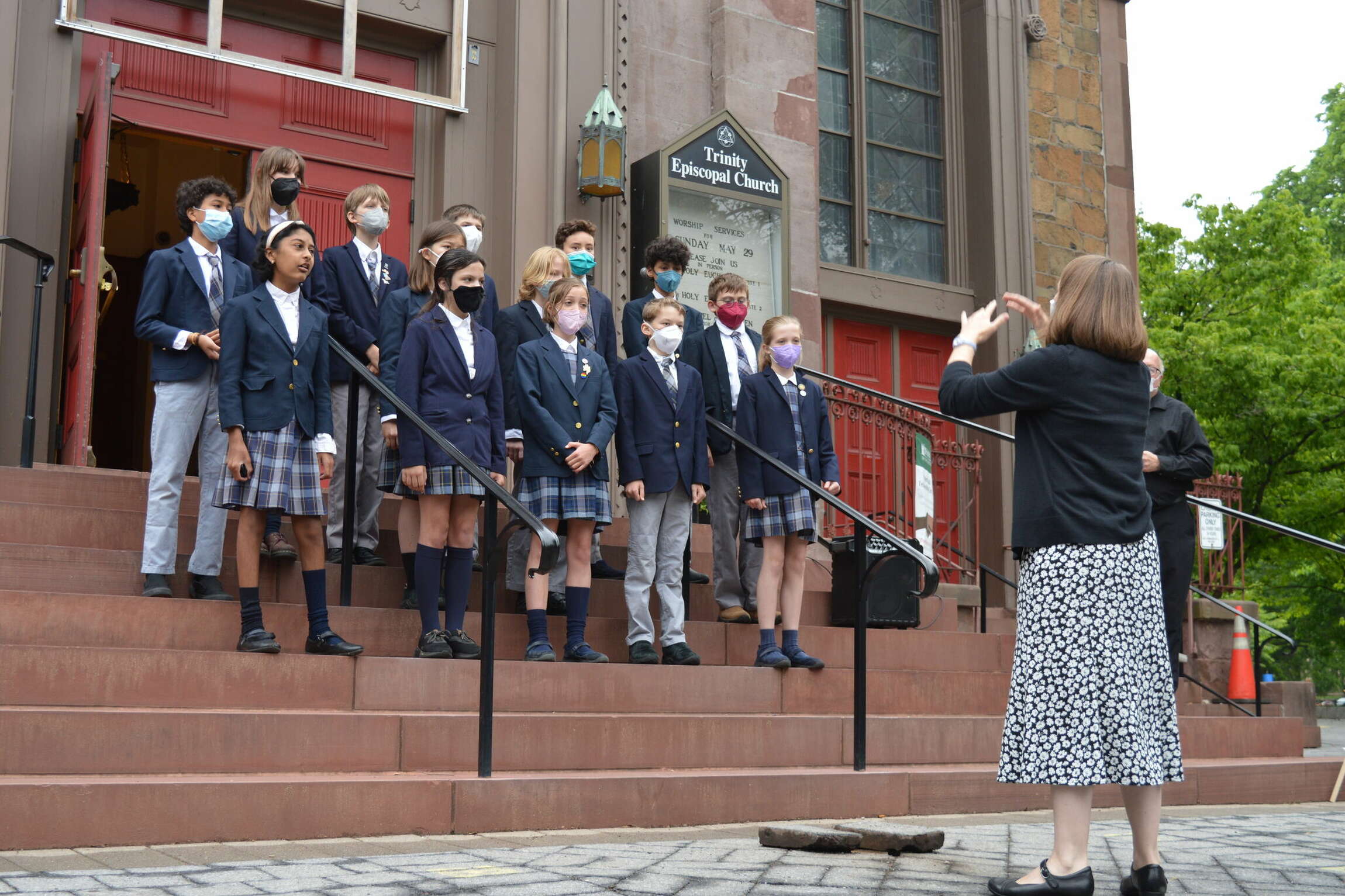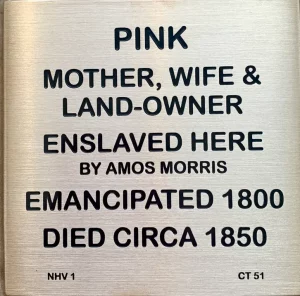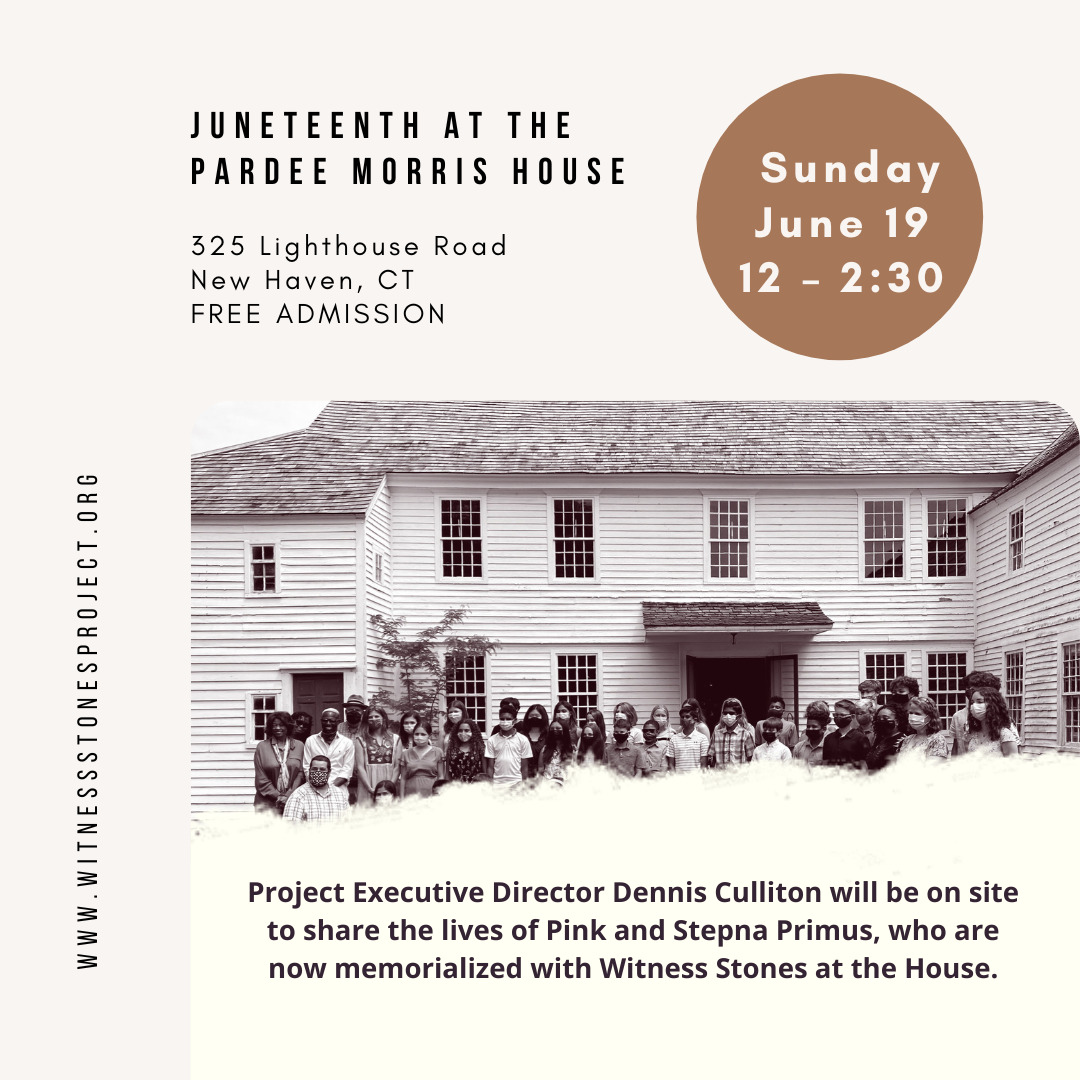
By Andrew DaRosa in the Connecticut Post on
Gathered at the Trinity Church on the Green in New Haven one early June morning, students and community leaders came together as part of a ceremony to honor the lives of emancipated slaves Lucy and Lois Tritton.
The Trittons were purchased at an auction in 1825 by abolitionist Anthony P. Sanford, who subsequently freed them. The sisters were the last two enslaved individuals to be auctioned in the city of New Haven, according to the Trinity Church.
This event was just one among many hosted by the Witness Stones Project, a Guilford-based organization whose mission it is to “honor the humanity of enslaved individuals.” The organization works with kids from K-12 and crafts projects that have students and teachers analyze primary-source documents and other curriculum to better understand the lives of enslaved individuals in the state. The culmination of each project is the laying of Witness Stone Memorials, which honor the life of a specific enslaved individual relevant to the area where the stone is placed. Continue reading.




